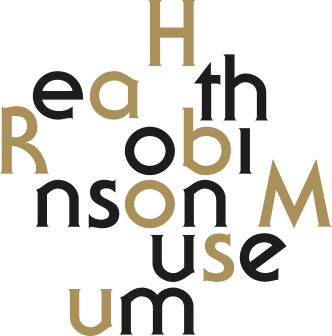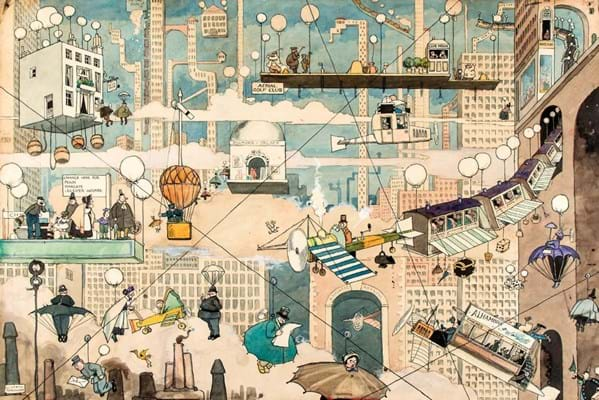
- This event has passed.
Part One – Khrushchev’s “Thaw”
The death of Stalin in 1953 and the Secret Speech denouncing Stalinism in 1956 allowed a tiny, fragile amount of creative freedom for Soviet artists – a time of “hope and illusion”, especially when a huge international art exhibition in Moscow 1957 unleashed abstract expressionism. As we’ll see, the Thaw came to an abrupt end when Khrushchev witnessed the work of the young generation of artists at a 1962 exhibition, their experimental art denounced as un-Soviet.
Part Two – Non/Conformism
The renewed cultural freeze instigated a division between conformist and non-conformist artists. “Conformist” artists worked within the agenda of Socialist Realism which developed into Monumental Realism and Soviet Impressionism. “Non-Conformist” artists attempted to live and work under the radar in a variety of styles. The presidency of Brezhnev didn’t loosen the state’s visual-ideological grip as witnessed in the 1974 Bulldozer Exhibition.
Part Three – Apt-Art, Soviet Conceptualism and Dissidence
As we reach the 1980s, whilst Non-Conformist artists remained threatening to, and threatened by the authorities, their work began reaching a broader audience through secret exhibitions. Gorbachev’s policy of “glasnost” created a new “thaw” and some artists took greater liberty in developing a critical aesthetic poking ironic humour at Soviet life, whilst others turned to ideals of (dissident, camp) beauty.
Images:
Tahir Salakhov: Repairmen [1960; wikiart]
Eric Bulatov: Brezhnev, the Soviet Space [1977; wikiart]

